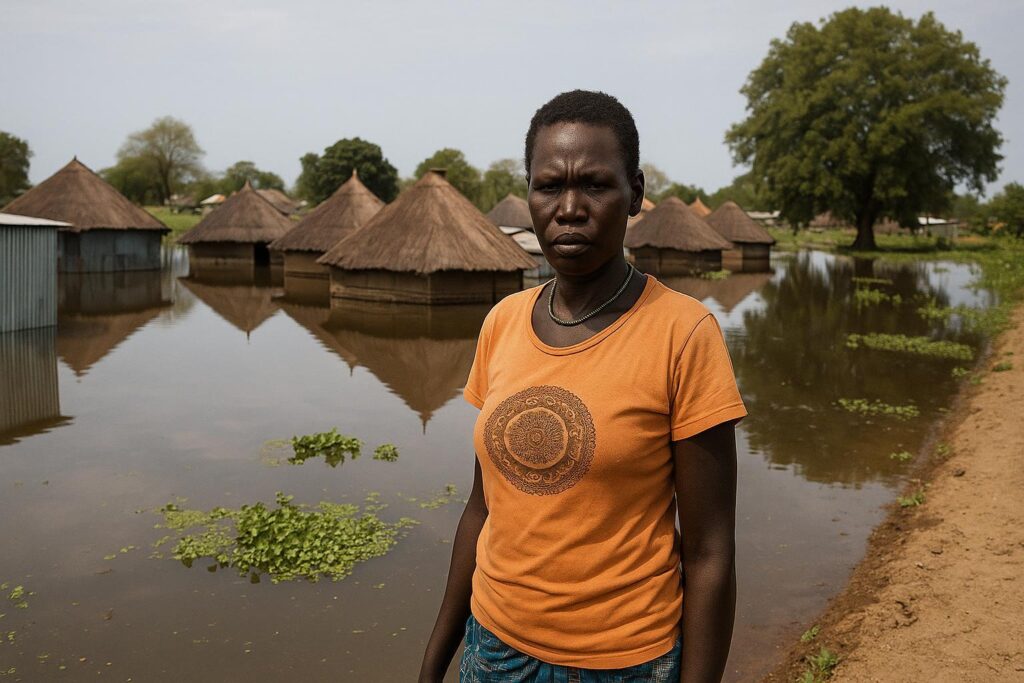Record Nile Floods Displace Thousands
Relentless rains and swollen branches of the White Nile are inundating vast tracts of South Sudanese land. OCHA estimates 927,182 people across 26 counties have been touched by water since July, with Jonglei and Unity States alone carrying more than nine-tenths of the burden (OCHA, Oct. 2023).
Education and Health Services at Risk
Schoolyards are turning into shallow lakes. UNICEF counts at least 61 flooded schools, keeping over 22,000 pupils and 700 teachers from classrooms across five states. Damaged clinics report medicine shortages, while impassable roads delay vaccination teams amid periodic cholera alerts (UNICEF, 2023).
Local Voices Call for Rapid Aid
On the ground, Commissioner Suleiman Deng Thon of Pigi County describes water reaching chest height in some villages. “Residents have built makeshift shelters along the canal, but the current keeps rising,” he told journalists, estimating 40,000 displaced neighbours.
Thon appeals for sandbags, generators and fuel to reinforce dykes and pump water from homesteads. Humanitarian engineers confirm that even modest earthen barriers could safeguard cropland before the next harvest window closes in December.
Long-Term Resilience and Climate Outlook
Meteorologists link the deluge to a third consecutive La Niña cycle, intensifying seasonal rains across the Sudd wetlands. National planners fear that recurrent flooding may entrench food insecurity, already affecting two-thirds of households in riverine counties.
Experts within the Ministry of Humanitarian Affairs propose expanding elevated roads and rehabilitating waterways to distribute excess flow. International partners say such investments, combined with early-warning systems, could reduce future displacement costs that currently strain relief budgets.


